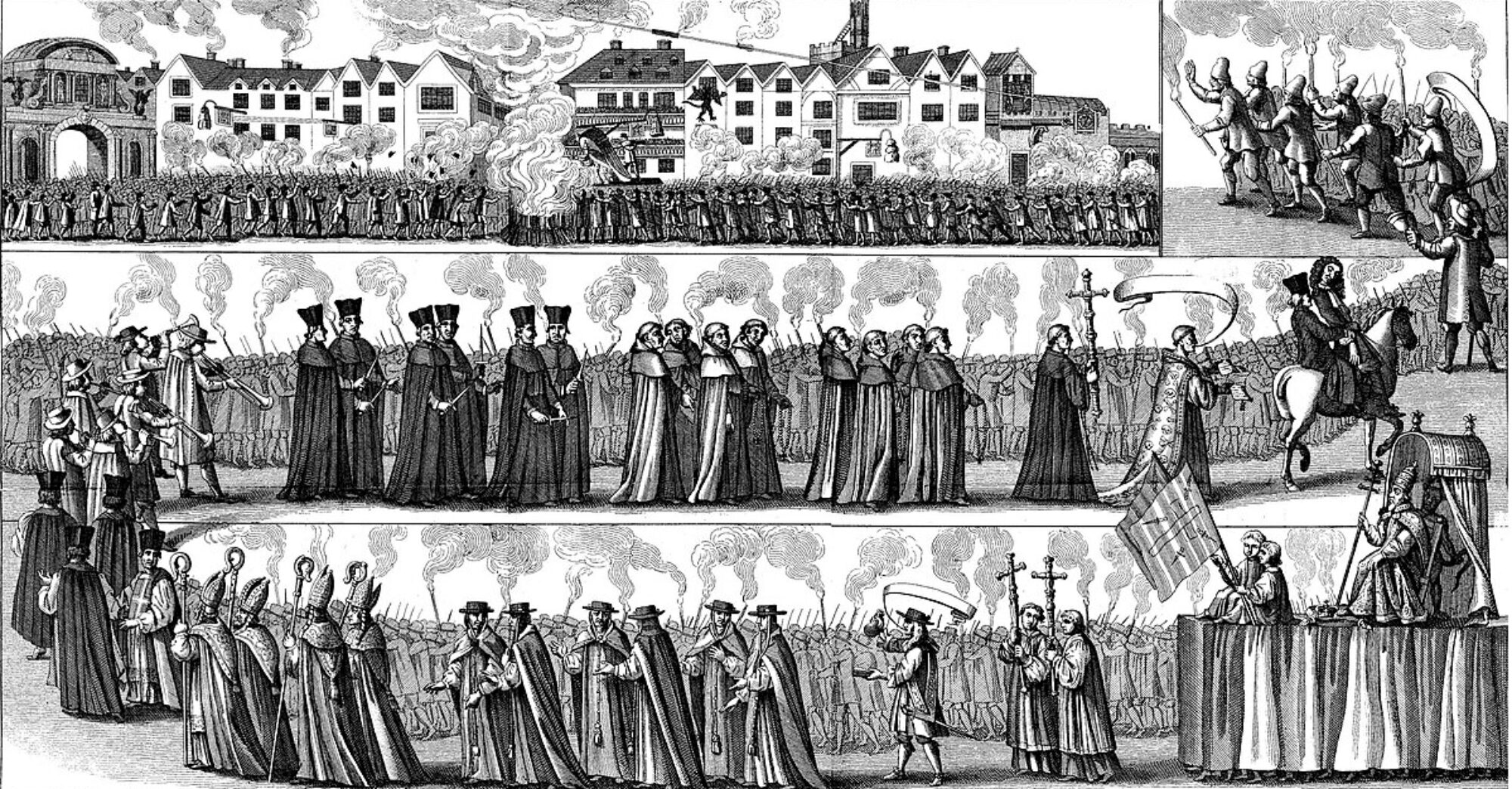Over at masteroftheuniverse, the master has posted a great list of prop bets. Among his bets is one that probably won’t work on many computer scientists (or it shouldn’t if they’ve had even a decent theory course) based upon the birthday problem. Sometimes the birthday problem is called the birthday paradox, but the problem is no more a paradox than the twin paradox is about twins. The birthday problem has to do with the probability that a set of randomly drawn people share a birthday. In other words, assuming that everyone in a group of N people has an equal probability of being born on a given day, what is the probability that at least two of these people share a birthday. Quite surprisingly, or at least surprising the first time you hear it, is that if N is 23, this probability is already greater than 50 percent. In computer science this type of process comes up all the time and is responsible for lots of square roots that one sees in running times of algorithms. The master’s blog post reminded me of a version of the birthday paradox that Wim van Dam once told me (if anyone knows its past history, please post a comment)…a quantum birthday paradox.
Here is the setup. Suppose that we are sampling from the set . In particular consider the situation, classically, where we are sampling from two distributions over this set, and . Both and are distributions which are on exactly N of the elements of and 0 on the rest of . I will guarantee you that either the distributions are equal, , or that when has weight on an element, then has weight 0. In other words, the probability vectors for these distributions are orthogonal, so I will denote this . So the problem is, given the ability to classically sample from these distributions, how many samples must one take to succeed in identifying which of these two cases, or , hold. One can easily see that this probability is like the birthday problem: by sampling from and one has to basically wait for a collision in order to determine that . Thus you can see that it would require about samples to distinguish these two cases. More specifically, to distinguish between these two cases with some constant probability, say a probability of 3/4, we need to sample times.
Okay so what does this have to do with a quantum birthday paradox. Well now consider the situation where instead being given two probability distributions and , one is given two quantum states, and , with the property that if you simply measure them in the computational basis you will obtain the classical distribution that behave like and . That is let and be superpositions over 2N computational basis states with the property that in this basis, they have exactly N amplitudes which are and N amplitudes which are zero. We are guaranteed that either or and the goal is, by using many copies of and to distinguish between these two cases. Now if one simply measures these states in the computational basis then one obtains probability distributions that are exactly like and . But this is the quantum world, so we don’t have to measure in this basis. So is there a basis that we can measure in which can lead to using less that copies of and to distinguish the two cases of versus ?
The answer is yes, indeed. Of course that’s the answer: why else would I be writing this blog post. In particular consider the fully symmetric or anti-symmetric subspaces of the two systems. In particular, define the states
if
if
and
if
These states form a complete basis for the two systems we are considering, with the states representing symmetric states and the states representing the anti-symmetric states. Suppose that on and we measure the above states. Now if , then we note that is symmetric under exchange of the two states subsystem. That is if we measure the above basis states we will only obtain basis states. If, on the other hand then it is straightforward to see that has support equally on symmetric and anti-symmetric states. In particular if
and
where , then we can expand as
From which we can see that we will obtain the symmetric and anti-symmetric states with equal probability.
Thus we have seen that by making a measurement which distinguishes between the symmetric and antisymmetric subspaces of our two systems, if we will only observe symmetric states and if we will observe symmetric states half the time and anti-symmetric states the other half the time. Thus we can reliably distinguish these two cases with a failure probability of for k repetitions of this setup. This is significantly better from the classical case! Indeed we have succeeded in distinguishing the states with probability 3/4 using only 2 repetitions of the setup. Thus we have gone from in the classical world to in the quantum world. Amazing! (Of course many will argue the setup is not fair: and yes I agree it is not fair when one side gets to use this powerful thing called quantum theory and the other side hides behind the computer science of the 20th century 🙂 ) Many of you will recognize that the above method for distinguishing states is nothing more than the quantum swap test.
So what is the moral of all this? Well, besides showing a cool case where quantum exponentially outperforms classical, it also tells you that you should be wary of quantum computers offering you bets. Indeed, I make it my own personal policy never to bet with quantum computers, and think that you should make it your policy as well.
